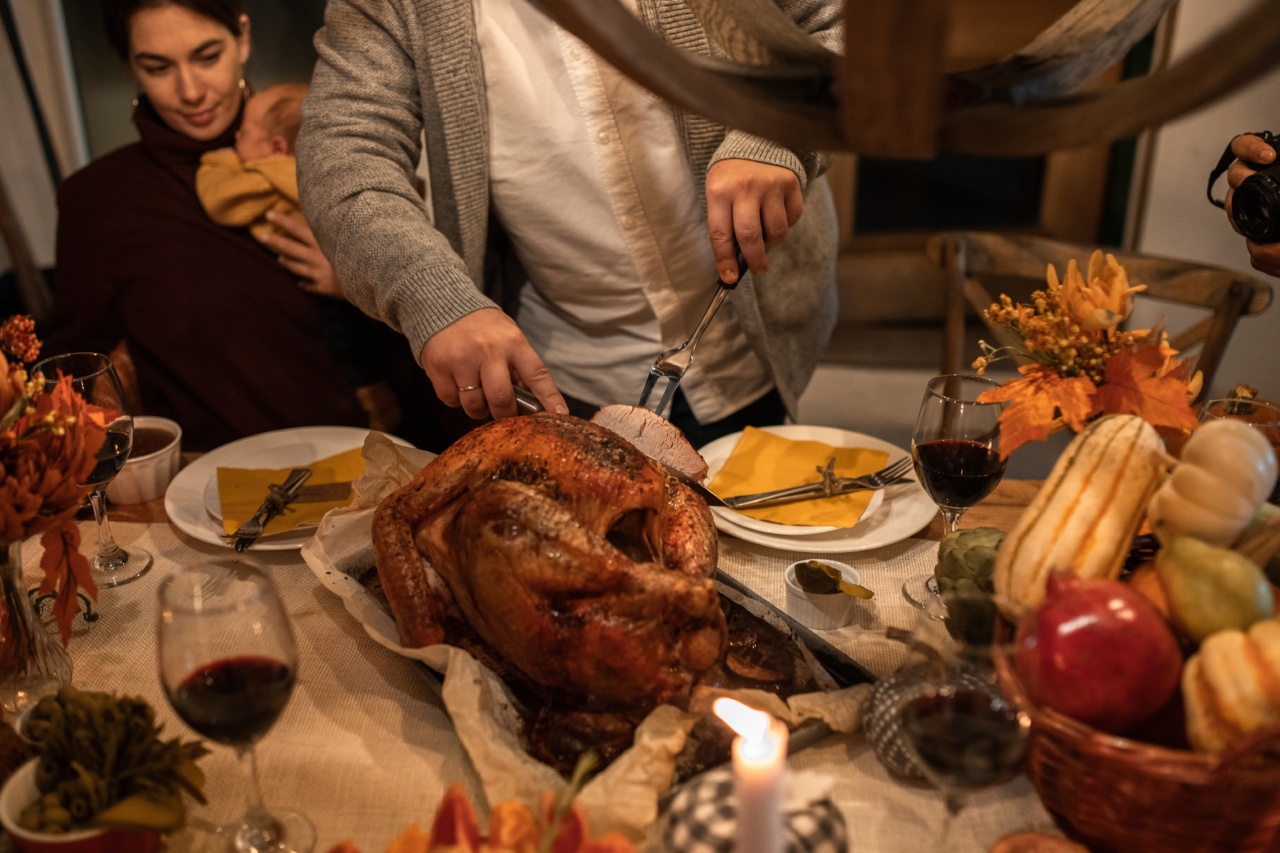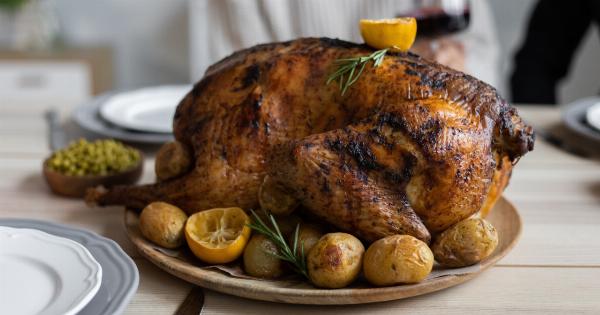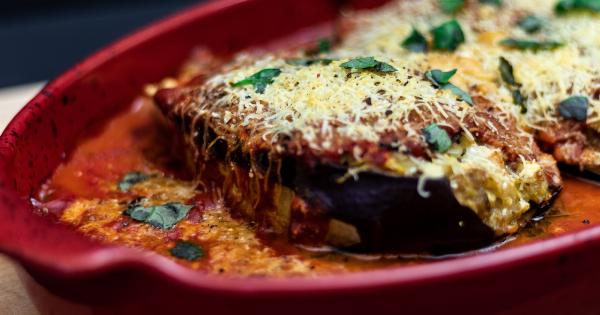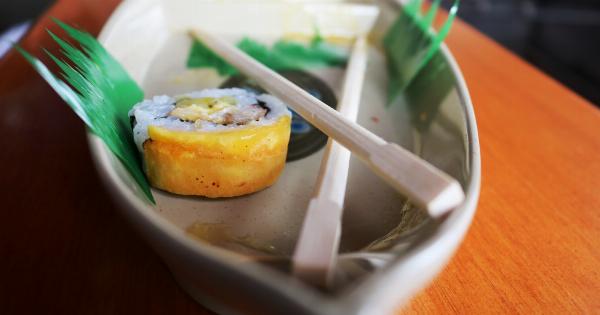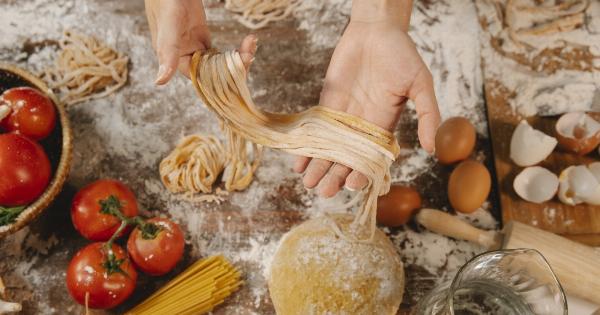Thanksgiving is just around the corner and it’s time to start planning the menu. For many families, turkey is the star of the show.
But did you know that undercooked turkey can put you at risk of food poisoning? Salmonella is a common bacteria that can be found in raw turkey, and it can cause serious illness if not cooked properly. Here are some tips to help you avoid getting sick from undercooked turkey:.
1. Thaw the Turkey Properly
One of the biggest mistakes people make when cooking turkey is not thawing it properly. If the turkey is still frozen or partially frozen, it will not cook evenly, which increases the risk of undercooked meat.
The safest way to thaw a turkey is to do so in the refrigerator. For every 4-5 pounds of turkey, allow one day of fridge thawing time. So, a 16-pound turkey will need around four days to thaw completely.
If you’re in a rush, you can also thaw the turkey in cold water, but this should be done in a leak-proof plastic bag and the water should be changed every 30 minutes. Never leave a turkey to thaw on the kitchen counter at room temperature, as this can increase the risk of harmful bacteria growth.
2. Use a Meat Thermometer
You can’t always tell if a turkey is cooked just by looking at it. The only way to ensure the turkey is cooked to a safe temperature is by using a meat thermometer.
The internal temperature of the turkey should reach 165 degrees Fahrenheit to kill any harmful bacteria, such as Salmonella. Check the temperature by inserting the thermometer into the thickest part of the turkey, typically the thigh or breast meat. Make sure not to touch the bone, as this can affect the accuracy of the reading.
3. Give the Turkey Enough Time to Cook
Undercooked turkey is a common cause of food poisoning. It’s important to give your turkey enough time to cook. A general rule of thumb is to cook the turkey for around 15-20 minutes per pound.
So, a 16-pound turkey will take around 4-5 hours to cook at 325 degrees Fahrenheit. However, this can vary depending on the oven, so make sure to check the internal temperature with a meat thermometer before taking it out of the oven.
4. Stuffing Safety
Many people stuff their turkey with breadcrumbs, herbs, and spices. However, this can also increase the risk of undercooked turkey and food poisoning. If you’re going to stuff your turkey, make sure to cook the stuffing separately.
Stuffing can act like an insulator, preventing the turkey from cooking evenly. This can increase the risk of harmful bacteria growth. Instead, cook the stuffing in a separate dish and add it to the turkey after it has finished cooking.
5. Handle Raw Turkey Carefully
Raw turkey can contain harmful bacteria, such as Salmonella, which can cause food poisoning. Make sure to handle raw turkey with care to reduce the risk of cross-contamination. Always wash your hands before and after handling raw turkey.
Use separate chopping boards, utensils, and dishes when preparing raw turkey to avoid cross-contamination. And make sure to clean all surfaces and utensils with hot, soapy water after use.
6. Leftovers
Even after cooking the turkey to the proper temperature, leftovers can still be a source of food poisoning. Make sure to refrigerate any leftovers within two hours of cooking. Leftovers should be eaten within four days or frozen for later use.
Make sure to reheat leftovers to an internal temperature of 165 degrees Fahrenheit before eating.
Conclusion
Thanksgiving is a time to be thankful and spend time with family and friends. By following these simple tips, you can ensure that your Thanksgiving meal is safe to eat and free of harmful bacteria.
Remember to thaw the turkey properly, use a meat thermometer to check the internal temperature, and give the turkey enough time to cook. Handle raw turkey with care and cook stuffing separately, and refrigerate leftovers promptly. Happy Thanksgiving!.
